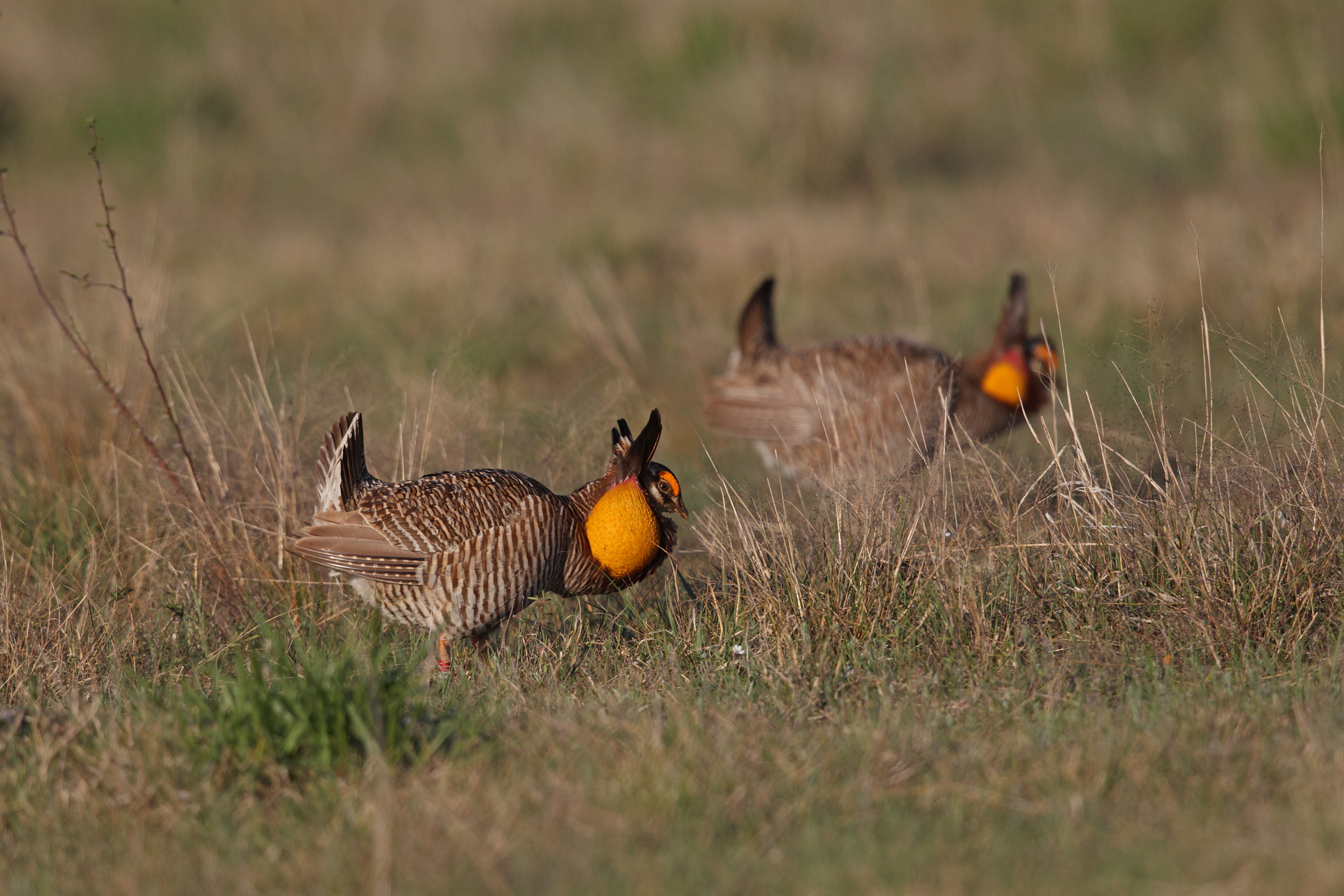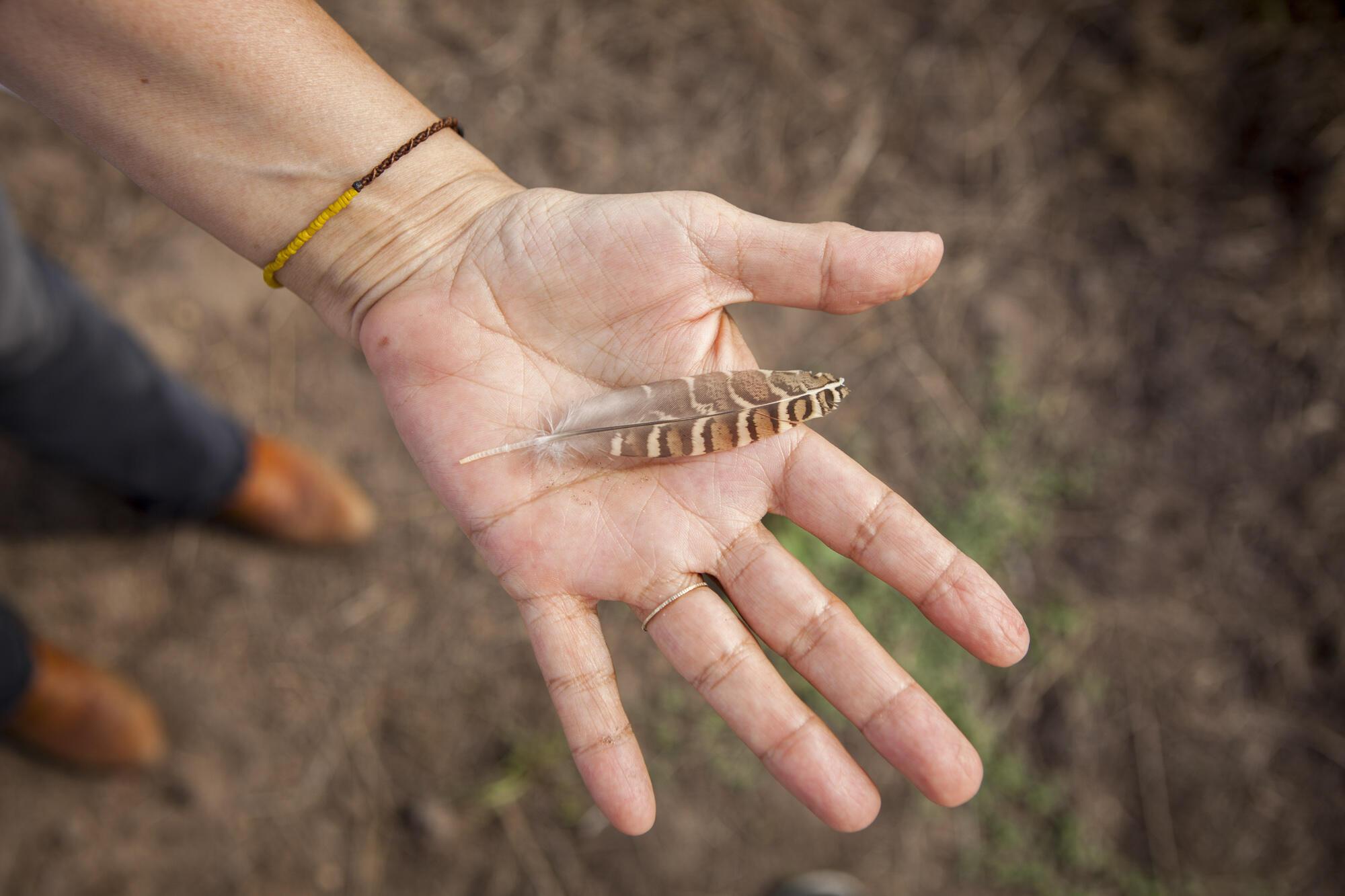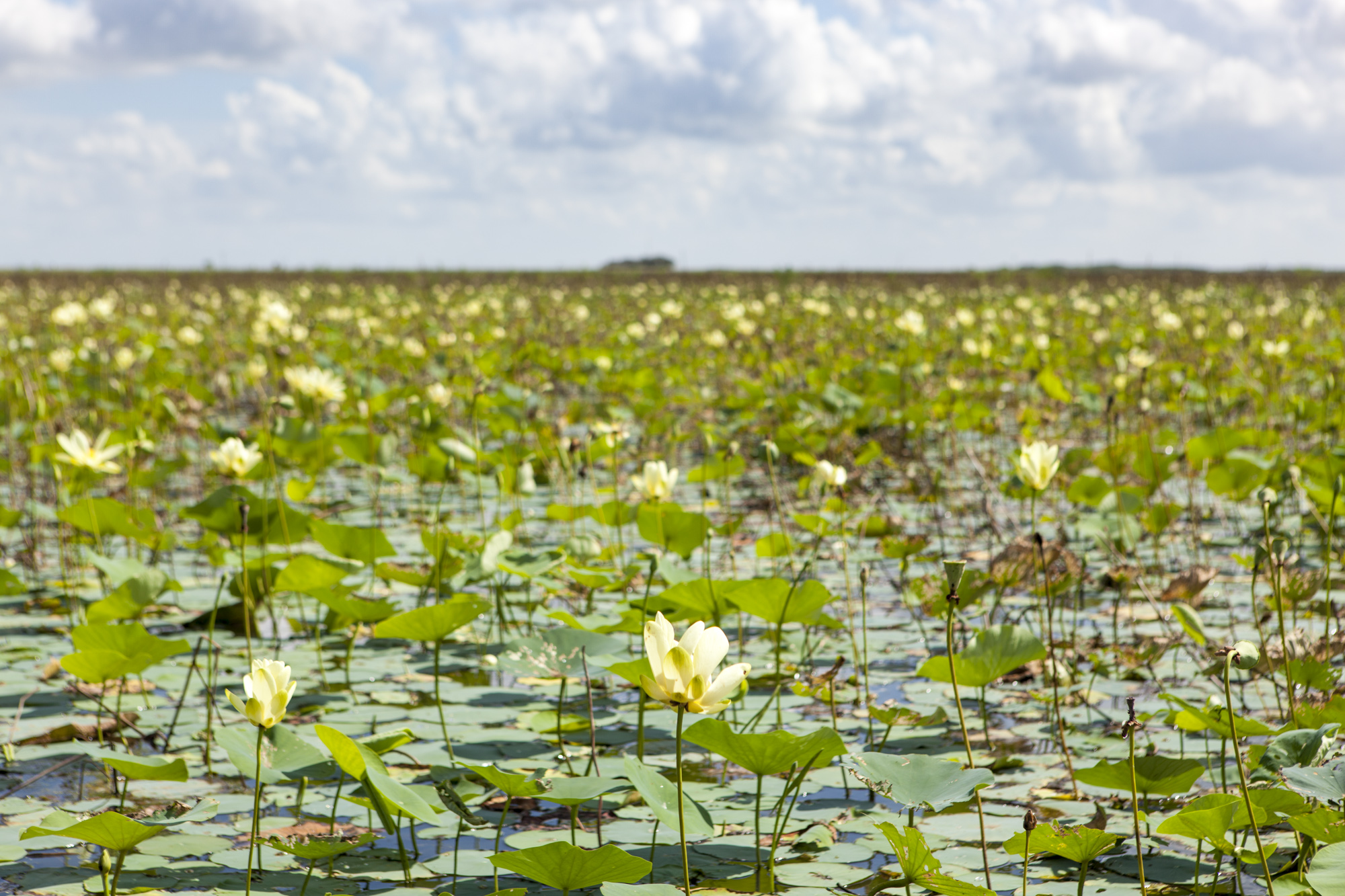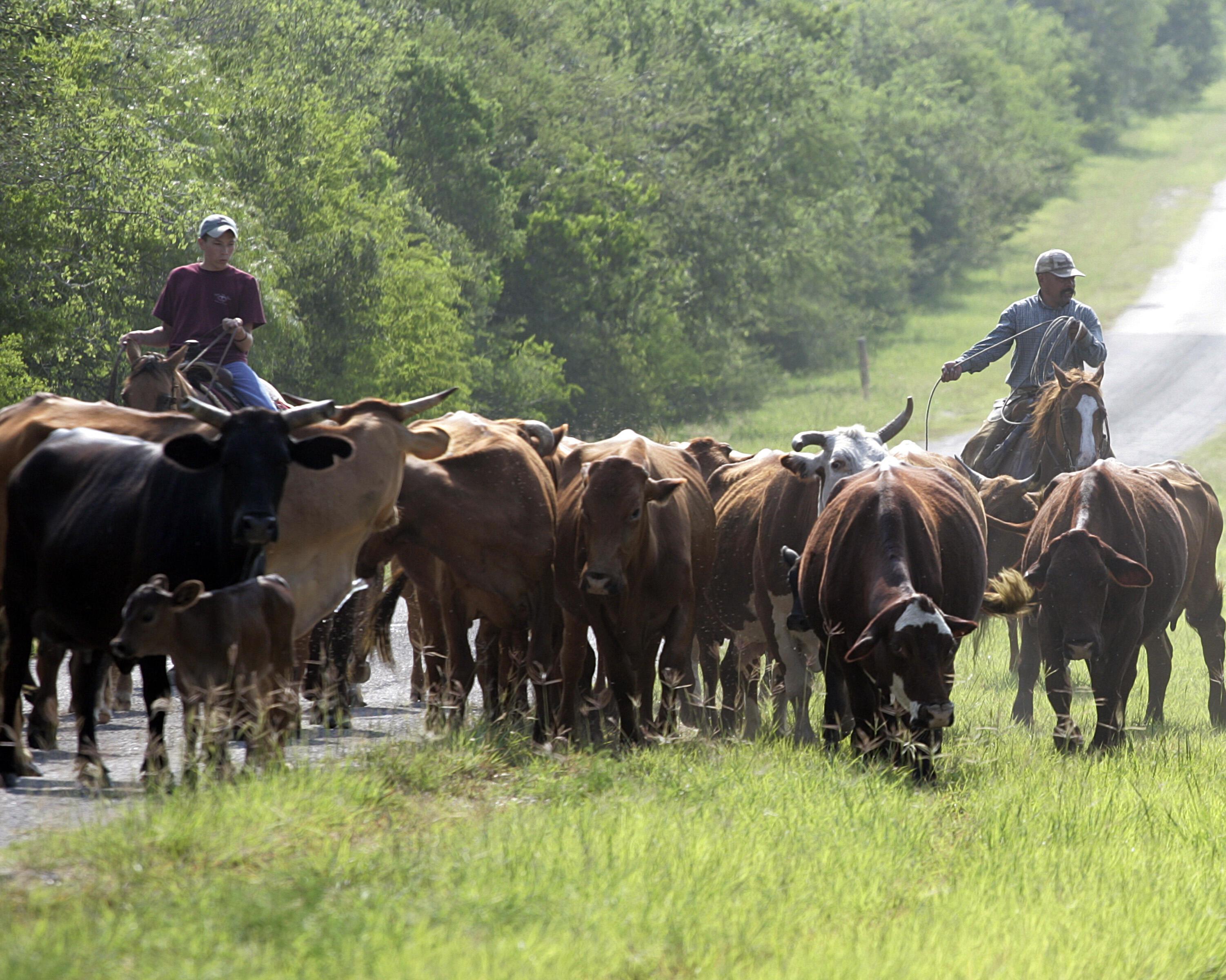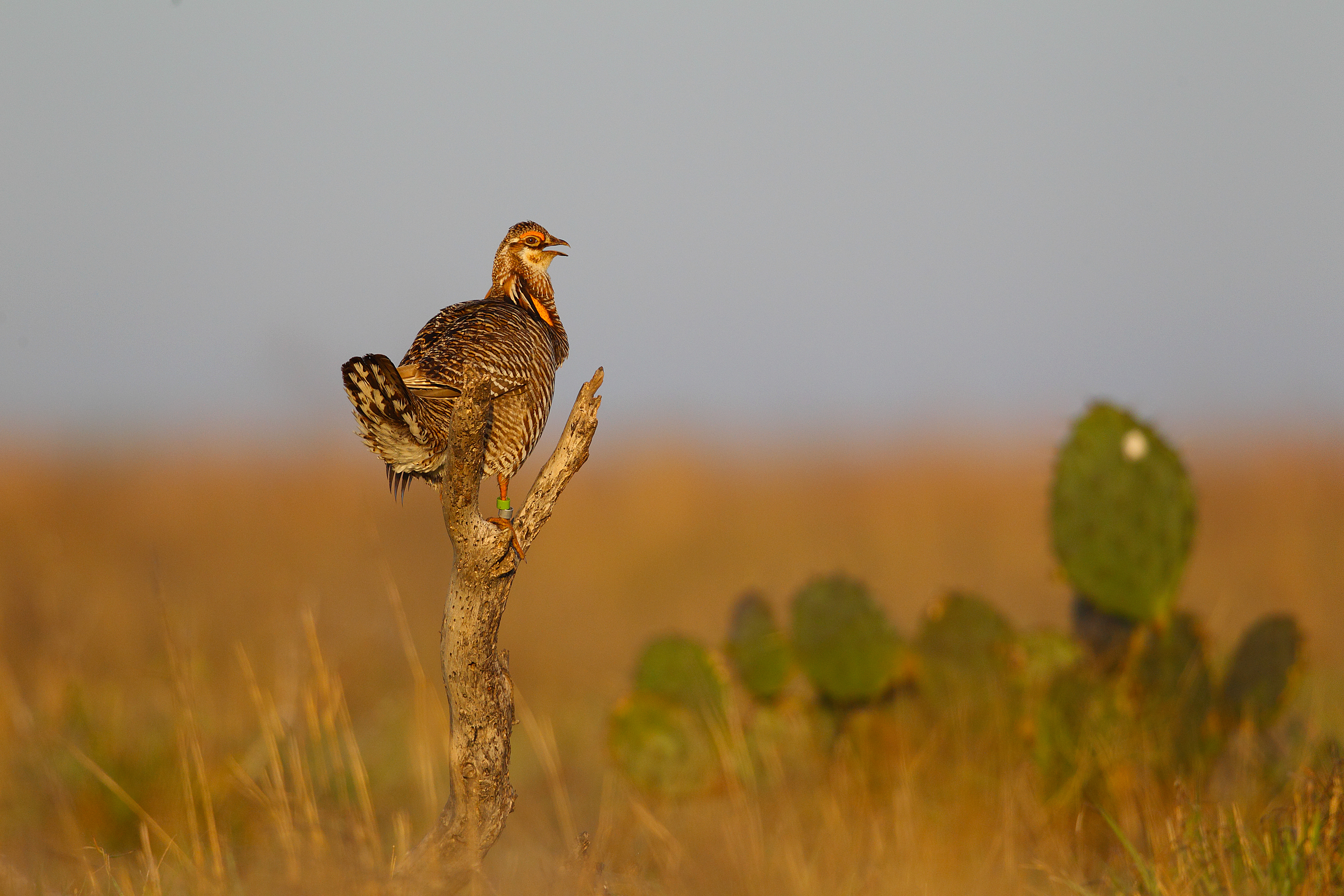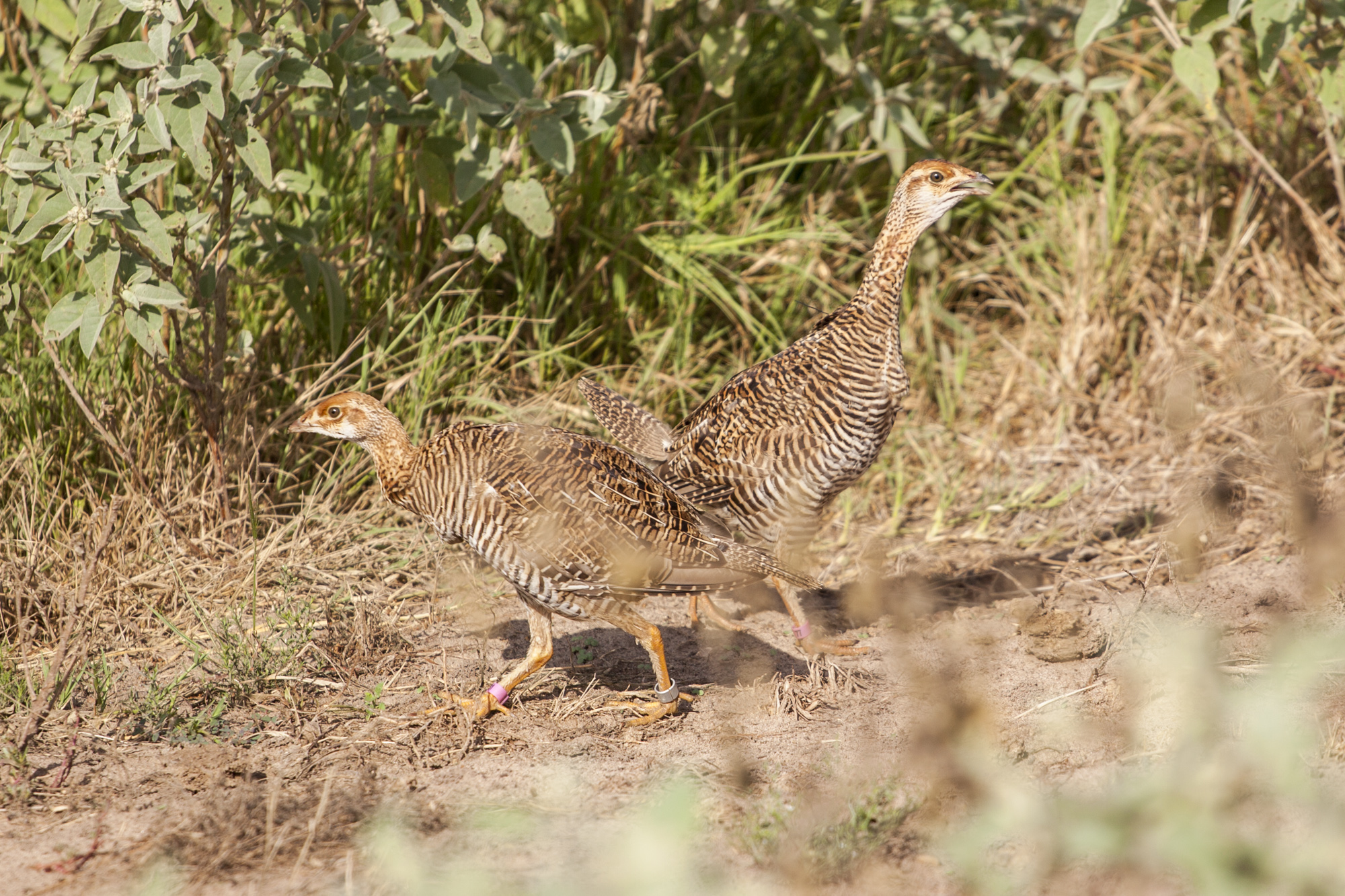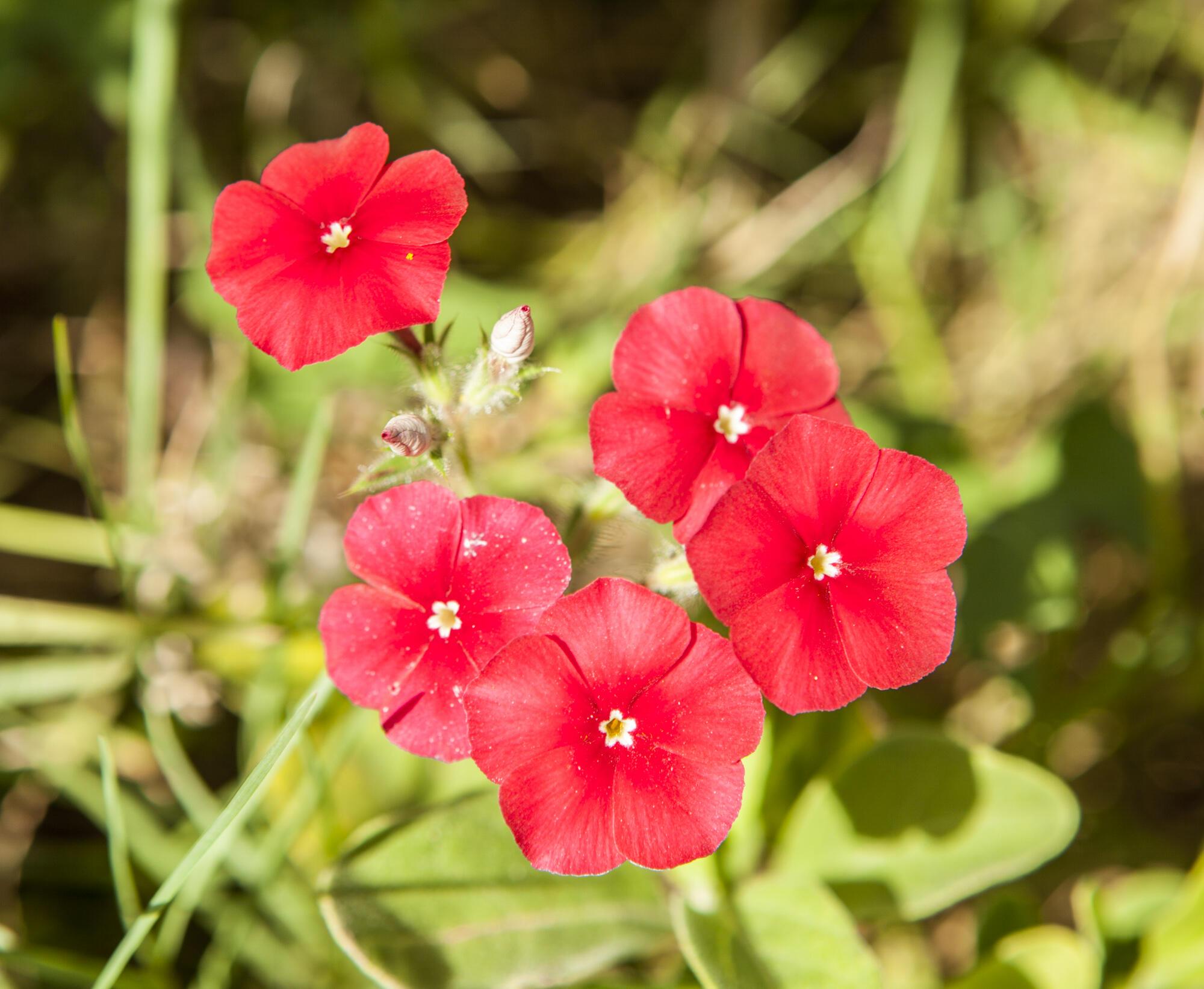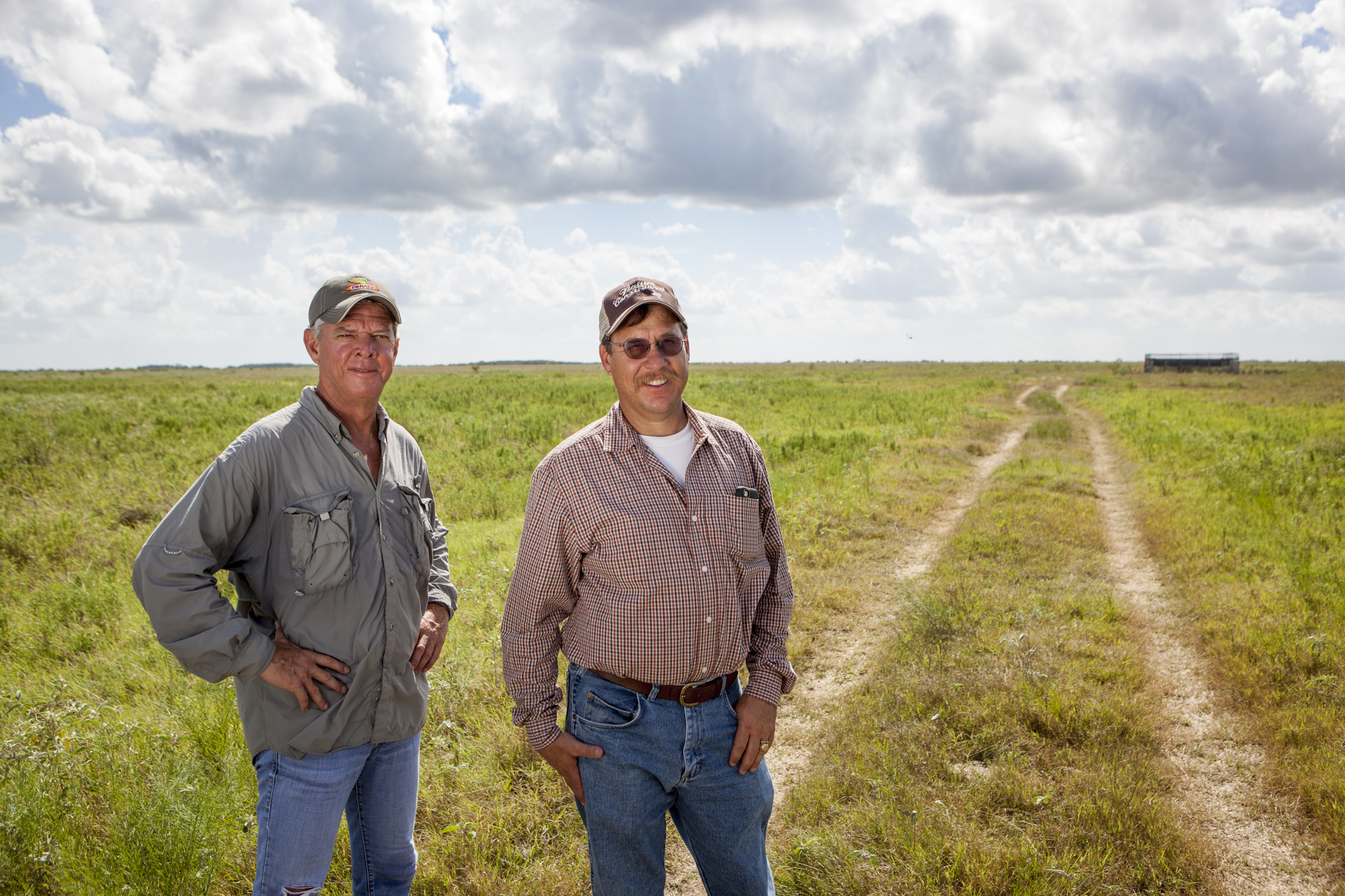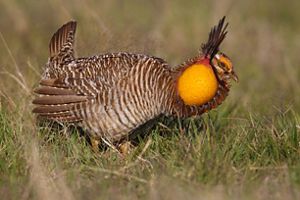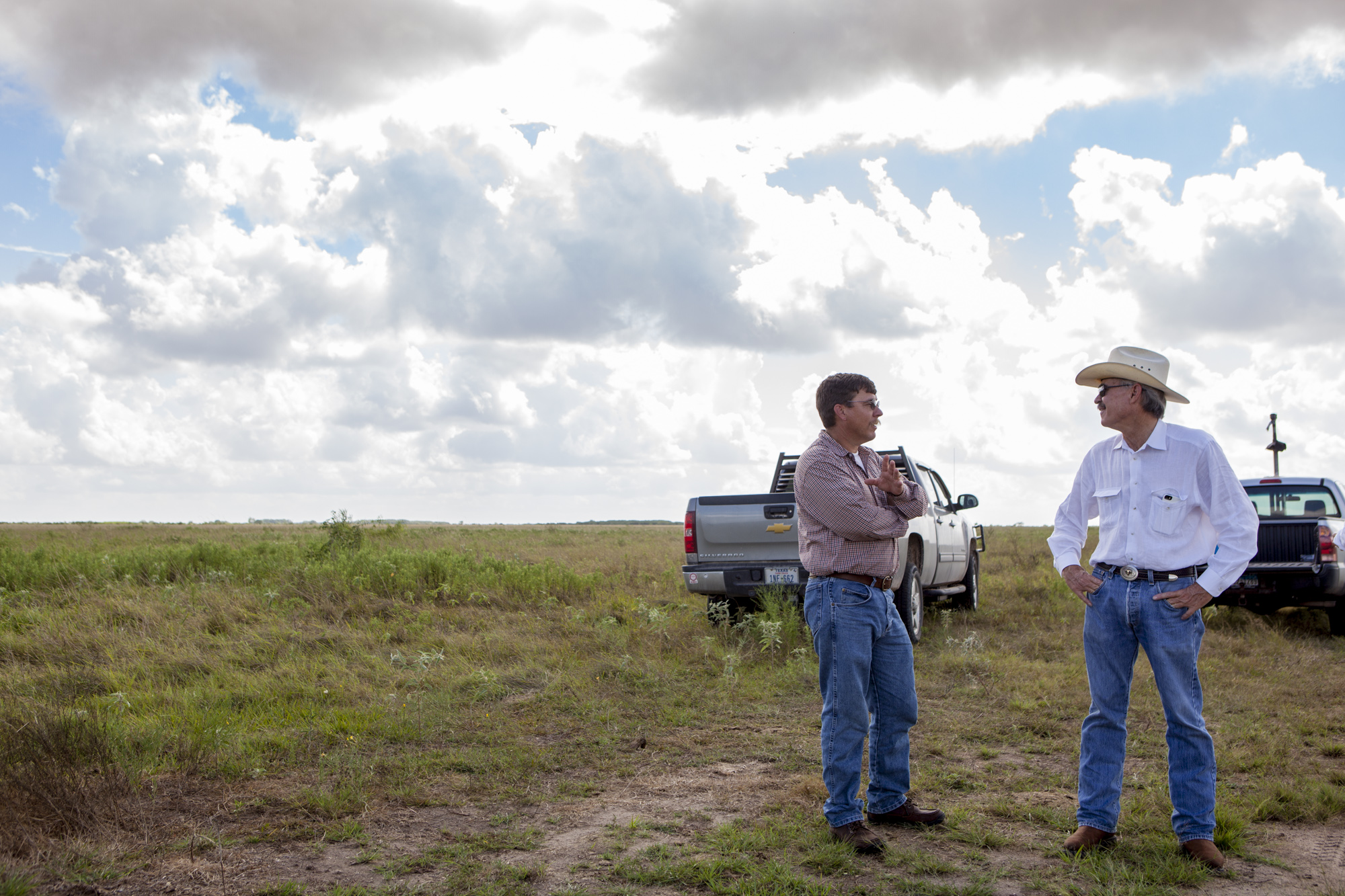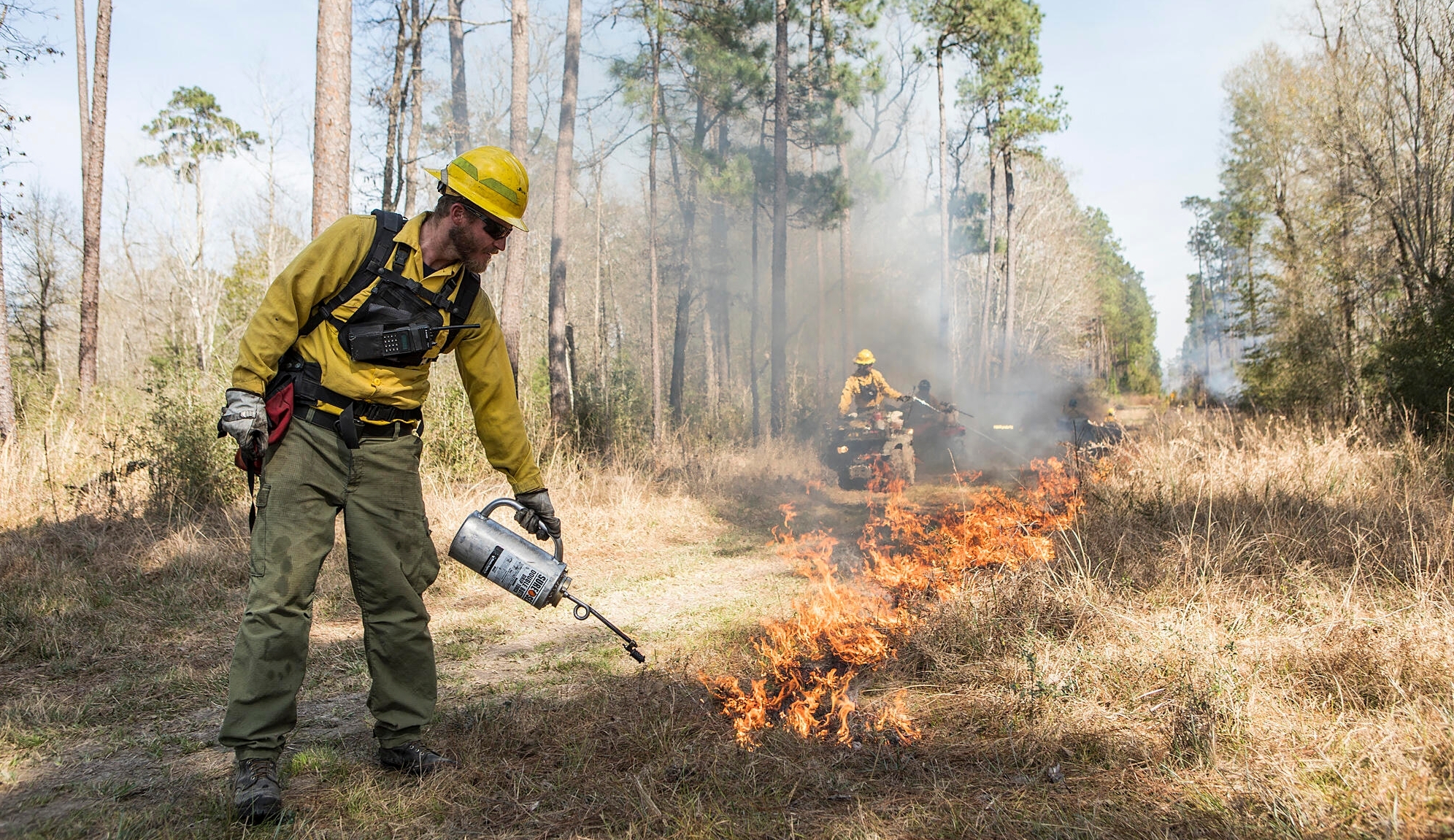Description
Texas’ coastal prairies once spanned more than 6 million acres, extending from southernmost Texas up along the Gulf and into Louisiana. One early explorer of the region described the prairies as, “an unbroken, level, grassy plain…on which a few islands of trees and shrubs were scattered in irregular order.”
Refugio-Goliad Prairie spans about 660,000 acres along the Gulf Coast between Houston and Corpus Christi in a triangle bounded by the towns of Victoria, Goliad and Refugio. This expanse represents one of the largest and highest-quality remnants of coastal tallgrass prairie remaining in Texas, which The Nature Conservancy (TNC) is working to protect and restore. Two major rivers—the San Antonio and the Guadalupe—flow through the prairie. Along with their tributaries, these rivers support floodplain forests, which are home to a diversity of ecologically important plant and animal life.
Large stands of live oak, pecan and bald cypress trees provide habitat for native mammals, upland game birds, waterfowl and migratory and resident songbirds. Some of Texas’ largest and oldest cattle ranching operations have long called the Refugio-Goliad Prairie home.

